The Best Concrete Mix for Countertops
Concrete is a fantastic material used worldwide to build everything from residential homes to large-scale buildings, damns, and bridges. But it’s also used for smaller projects like cast statues, steps, walkways, and countertops.
The world changes and technology advances, and human advancement grows with it. So keeping up with the latest trends and innovations isn’t always easy.
Because of these factors, conducting some study before investing in something to benefit the long term is essential.
Concrete is one of the more popular countertops options that are on trend for 2021. These countertops provide a studding modern-industrial aesthetic and are customizable to suit various kitchen styles.
However, suppose you desire the aesthetic of concrete but could do with less maintenance. In that case, Caesarstone’s premium quartz countertops come in several premium styles that mimic concrete, such as 4004 raw concrete and 4003 sleek concrete.
This is a huge benefit compared to stone which has size limitations. But you have to use the right concrete mix for countertops.
Many concrete countertop pros have experimented with their mixes over the years, fine-tuning them to perfection to achieve consistent, reproducible results.
Some major manufacturers of bagged concrete and mortar mixes now also offer formulas developed specifically for countertops.
The best concrete mix for countertops is one with high compressive strength, smaller, rounder stones, and some flexibility.
If you prefer mixing your batch, I use a formula: 1 part portland cement, 2 parts sand, and 3 small round stones. Use just enough water to activate all the cement, not a drop.
Mix in some chemical additives that increase strength and flexibility.
If the countertop sections are long, I use fiber reinforcement, micro rebar, or wire mesh.
What Type Of Concrete Is Best For Countertops?
Most standard concrete mixes are designed for structural jobs like pouring footings, a sidewalk, or setting a fence post.
The best concrete mixes for countertops use smaller stones which provide a smoother surface and additives to increase strength and flow. This means the concrete will penetrate the corners and not hold as many air bubbles.
- Concrete countertops mixes use additives to increase strength and reduce cracks.
- Other additives are used to make the concrete flow better. This makes it easier to jig the concrete and release air bubbles.
- To build the best countertops, you need the right concrete mix. You have two main options, buy pre-mixed concrete or make your batch.
- A good mix for concrete countertops should.
- Have a law water-cement ratio to prevent shrinkage cracks.
- Provide high compressive strength.
- Be easy to work with.
- Have good surface quality.
If this is your first time making concrete countertops, I recommend buying premixed ones. Just use the correct amount of water and pour it into the forms.
And if you are experienced with concrete countertops and need something special, you can mix your own. Mixing your concrete is the best way to control how it’ll perform during the job and after the concrete has hardened.
Useful Article For You
- How Much Does a Gallon of Milk Weigh
- How Much Does a Yard of Dirt Weigh
- How Much Does a Yard of Concrete Weigh
- How Much Does a Yard of Gravel Weigh
- How Much Does It Cost to Pump a Septic Tank
- How Much Concrete Per Fence Post
- How Many Yards of Concrete in a Truck
- How Much Does 55 Gallons of Water Weigh
- How Much Is a Bag of Concrete
- How Many 80lb Bags of Concrete in a Yard
- How to Check Septic Tank Is Full
- How Big Is a Septic Tank
- How to Locate Septic Tank
- How Often Septic Pumped
- How Much Does It Cost to Empty Septic Tank
- How Much Does It Cost to Have Septic Tank Pumped
- How Much Room Do You Need for a Pool Table
- Rim Joist Vs Band Joist
- Door Colors for Blue House
- Alternative Septic Systems for Land That Won’t Perk
- Whats a Table Shower
- Bifold Closet Door Rough Opening
- How Thick Is a Sidewalk
- How to Extend Vinyl Fence Height
- How to Build a Leach Field in Clay
- Roll in Shower Meaning
- How Does a Heated Driveway Work
- How Many Bags of Concrete for 12 Sonotube
- How to Get Free Rocks
- How to Cover Cement Walls
- How Much Does It Cost to Vault a Ceiling in a Ranch
- How Much Space Around a Toilet
- How Much Is a Pallet of Concrete Blocks
- Prefab Homes Under 20k
- Sunroom Ideas on a Budget
- Drip Septic System
- Mound Septic System Cost
- How to Choose Roof Color for Red Brick House
- How to Reset Red Light on Septic System
- How to Calculate How Much Gravel for Driveway
- How to calculate board feet for insulation
Concrete Countertops Need Very Strong Concrete
Strength is essential when creating concrete countertops because the slabs are typically large but thin, averaging just two inches thick. At this thickness, concrete is prone to cracking.
But quite concrete mix uses additives that increase strength and resist cracks.
Using a concrete mix with a higher PSI provides better defense against cracks.
- Three days after pouring a counter with quikrete countertop mix, the compressive strength is already at 2,000 pounds per square inch (PSI).
- At seven days, it reaches 4,000 ps.
- At full cure (28 days), the countertop slab will reach 6,000 PSI.
The average concrete mix with a PSI of 3500 would crack under this usage. Concrete countertops will be used in your kitchen, bar, grill area, or bathroom. It needs to resist spills and everyday wear and tear.
Countertop Concrete Needs Good Workability
The best concrete countertop mixes are workability, a.k.a. Flow. This is one of the reasons why a standard concrete mix doesn’t work.
Pour concrete inch a two-inch thick form; it has to flow into the tight 90-degree angle corners and edges.
And if it can’t sit tight to the edge, the countertop won’t look very good. Because of bad flow and large rocks, standard concrete can’t produce as sharp an edge as a countertop mix can.
A precast concrete countertop from your shop to an installation site knows that concrete is heavy. And it’s just the nature of the beast. Precast concrete countertops are typically made 1.5” thick and weigh 18 pounds per square foot.
A pre-mixed concrete countertop mix like quiet. It’s super strong and has a great flow. However, if you went to Create your mix, buy an additive that adds strength and another that increases flow.
Bubbles are another issue with concrete countertops if you want a smooth, hard surface finish. The mix has to have a good flow.
Concrete mixes are used to make countertops. The result is bubbles and a less-than-desirable surface finish.
Quikrete Countertop Mix
The mix creates a smooth concrete surface that can be polished to a beautiful sheen without cracking. It contains a smaller aggregate and a super-plasticizer additive, forming a dense and smooth countertop.
The mix is also self-consolidating, meaning it flows into the edges and corners of the form without a lot of vibrating.
Quickrete countertop mix is a specially formulated flowable high-strength concrete mix for pre-cast and cast-in-place concrete countertop applications.
- Super-plasticizer additives provide a flowable mix at a low water/cement ratio.
- High-flow formula minimizes the need for mechanical vibrations.
- Reduce-shrinkage formulation.
- High compressive strength at 6000 PSI.
- Good workability.
- $20 per 80 lb. bag.
- Forms can be removed in just 18 hours which makes countertop jobs faster.
Available in:
80 lb. (36.2 kg) bags
Compressive strength (ASTM C 109 modified):
1day – 2000 PSI (13.8 MPa)
7 days – 4000 PSI (27.6 MPa)
28 days – 6000 PSI (41.4 MPa)
It’s great for pouring precast and cast-in-place kitchen and bathroom countertops. It’s a very durable mix that is designed specifically for countertops.
It has very high strength and additives, making it flow better than a standard mix. This is handy because you don’t need to vibrate it that much to release air bubbles.
I almost always use this premix unless I need a lot of concrete for a huge countertop job.
Moon Decorative’s EnCounter Concrete Countertop Mix
As concrete countertops become more mainstream, many professionals and DIYers are seeking a better alternative to the “mix your own” formulations and are choosing to go with more proven, consistent pre-packaged concrete countertop mixes.
Moon decorative’s encounter mix blends white limestone rocks, well-graded aggregates, cement, and performance-enhancing admixtures to minimize shrinkage and cracking, improve the finish, and achieve strength topping 8000 psi after 28 days.
It’s great for large cantilevered countertops or long single spans.
- Packaged in 50-pound bags.
- Available in white or gray.
- It can be colored with liquid pigments.
- 8870 psi in 28 days without additional admixtures.
- $40.98 per bag. This is more than double the cost of a quikrete countertop mix.
- Lower water content minimizes curling.
Benefits Of Concrete Countertops
Concrete countertops are a beautiful, modern look that can update just about any space. A versatile look that fits in with any color scheme or house design.
Customization:
concrete countertop mix can be cast into any shape and size. And it’s easy to drill holes in sinks and soap dispensers.
Colors:
concrete’s natural color is a cool gray or subtle white; color can be added when mixing or spread on top to create various shades and hues.
Added features: the countertop’s surface can be enhanced with embedded stones, marble, glass chips, tile, or veining. And once you pour the countertop, experiment.
To create all sorts of unique surface effects.
Diy:
can you imagine the average homeowner cutting and setting these own marble? But the average handy homeowner can pour concrete countertops.
It’s quite easy by using quickrete countertop mix and form kits you can buy online.
Affordable:
concrete countertops are considered a high finish similar to quartz, quartzite, and marble. But they’re a lot cheaper.
Durability:
Concrete countertops built using the right concrete mix, like quickrete countertop concrete, are extremely durable.
Cleaning:
if you seal your concrete countertops properly, they’re very easy to keep clean.
How To Turn Regular Concrete Into A Countertop Mix?
Quickrete countertop mix is my go-to best concrete countertop mix because everything’s been done for me. And all the ingredients, ratios, and additives are already there, so I don’t have to worry about a thing.
The brute strength of concrete has made it the go-to building material for various outdoor installations, driveways, walkways, and patios.
But some love concrete not only for its high durability and low maintenance but also for its distinctive look.
Z liquid- Crete from concrete countertop solutions: it’s described as an exclusive blend of additives and ultra-fine fibers that transform a 60 lb.
bag of standard concrete into a high-strength flowable mix. Designed for cast-in-place countertops, it produces a high-strength fiber-reinforced countertop that’s easy to trowel smooth.
Counter- Flo from fritz-pack: it’s a mixture of water reducers and mineral admixtures specially designed for use in the making of concrete countertops.
Simply add 1 level scoop of counter-flow per each 80-lb bag of concrete.
Counter-flow modifies regular concrete, making it easier to pour and stronger, reduces water shrinkage cracks, and produces a smoother finish.
Indoor Or Outdoor Concrete Countertops?
Concrete is a great indoor and outdoor material. And most concrete countertops are built indoors but are also great for outdoor kitchens and bar areas.
Unlike many building materials, concrete tolerates climate-controlled environments and some temperature and humidity fluctuations.
Concrete countertops are often the focal point of indoor kitchens. They’re equally at home out on a deck or patio. And they’re great for more than just food prep.
Imagine using a countertop mix to create a beautiful outdoor countertop to serve as a sturdy work surface for all your potting and transplanting needs to the concrete countertop.
The best concrete mix for concrete countertops is the same, no matter where you install them, indoors or outside. No additional additives or ingredients are required, and the forms are the same.
They use a good quality concrete sealer to protect against water damage and stains.
How Much Concrete Do I Need For A Countertop?
An 80lb bag of quikrete countertop mix yields approximately 0.6 cubic feet of concrete. For example, making a 2-foot by 3-foot countertop approximately 2 inches thick requires two 80-pound bags, 360-pound bags, or 440-pound bags of concrete.
Use these free concrete calculators to estimate how much concrete you’ll need for slabs, footings, or columns. It is a good idea to overestimate the amount of concrete needed so you won’t fall short on the Jobsite.
Many concrete calculators are available for free online to help you make the calculations.
And simply input the length, width, and thickness of your countertop, and they’ll tell you how many bangs you need.
How Much Do Concrete Countertops Weigh?
The concrete countertop is very heavy. A small 2-foot by 3-foot countertop that’s 2 inches thick weighs around 150 pounds when complete. And most concrete countertop jobs are poured in place, so you won’t have to carry them around.
The normal one-and-a-half-inch thick concrete slab weighs around 18.75 pounds. However, depending on the concrete used to make the slab, concrete slabs can weigh much lighter.
However, this material is less durable and more prone to cracking.
Can You Add Color To Concrete Countertop Mix?
Color can be applied throughout the entire mix with integral pigments or to the surface of cured concrete with stains or dyes. There are different brands of pigments, stains, and aggregate colors, so concrete countertops will always be unique.
The best part about coloring concrete is that if you do it correctly, there is no need to tear or damage your concrete and have to repour it.
And these processes will give you great color without harming or weakening your concrete. It comes in two basic forms.
Liquid: liquid colors are added to the wet concrete mix before it’s poured. The color can be thoroughly mixed from a uniform color throughout the concrete or lightly mixed to create a marbled or veined appearance.
Powder: powdered coloring can be spread on top of the concrete countertop slab as it’s curing. This is just a surface coloring similar to the look of a stamped concrete patio.
What Type Of Reinforcement Can You Use With Concrete Countertop Mixes?
Concrete countertops are not supported by a subgrade, as are floors and other slabs. They are like cantilevers and must be reinforced to limit structural cracking and ensure sufficient tensile strength and ductility.
Additional reinforcement adds even more strength and durability to the best countertop mixes.
Rebar: steel rebar can be used inside the concrete countertops to add strength, crack resistance, and durability. This is a great option when the slabs are especially long.
Wire mesh: this is a countertop reinforcement when the slabs aren’t that big. It strengthens the concrete, increases durability, and resists cracks. But it isn’t as strong as rebar.
Fiber: fiber is a good all-around reinforcement added to the wet mix. It strengthens the concrete itself from the inside.
Micro Rebar: micro steel rebar is another form of reinforcement that’s added into the wet mix. It’s stronger than fiber, and some say even stronger than raber.
What Forms To Use With Concrete Countertop Mix?
Some say you could make your concrete mix, but that takes time and patience. The best form to use with concrete countertop mixes is melamine-coated particle board or plastic concrete countertop forms.
Melamine: Melamine is a water-resistant material that’s very smooth. It’s a strong material that, when screwed together, can hold the weight of poured concrete.
Plastic Forms: factory made plastic concrete countertop forms are sold in various shapes and sizes. Simply install them, pour the concrete and then snap off the excess plastic.
Pro tip: after you’ve built your forms, apply a bead of silicone caulk to the inside joints.
Useful Article For You
- Prefab Homes Under 20k
- Sunroom Ideas on a Budget
- Drip Septic System
- Mound Septic System Cost
- How to Choose Roof Color for Red Brick House
- How Much Weight Can a Cinder Block Hold
- When to Remove Forms from Quikrete
- Do Garages Count as Square Footage
- Paint for Concrete Steps
- Quikrete Water Ratio
- Red Brick Patio
- Septic Tank Pump Replacement
- Sawzall Is Another Term Commonly Applied To
- How Deep Should Footings Be for a 6 Foot Wall
- Low Pressure Septic System Problems
- Concrete Septic Tank Repair
- How Much Is a Garage Worth in an Appraisal
- Solid Red Light on Septic Tank
- Glulam Beam Cost Calculator
- How Many Cmu Blocks on a Pallet
- Building Regulations Bathroom Doors Opening Outwards
- Lvl Span Table Calculator
- Lvl Beam Size Calculator
- Sonotube Concrete Calculator Bags
- Cost of Sand Filter Septic System
- Glulam Span Calculator
- Glulam Beam Cost Calculator
- Blue Siding Brown Roof
- community septic tank
How Much Water Do You Use With Concrete Countertop Mix?
Always add water to concrete slowly as you mix it. Concrete countertop mixes typically require a low water content. Too much water will make weaker concrete, and it’ll be harder to work with.
The consistency you’re looking for is like oatmeal. You should be able to pick up the concrete with your hand and form it into a ball. If the concrete is too wet to form or won’t hold the bold shape, you use too much water.
If you see powder in the tray, add a small amount of water and keep mixing until it’s all activated.
Note: Final water content should be 8-9 pints (3.8 – 4.3 L) per 80 lb (36.3 kg) bag of concrete.
Does Concrete Countertop Mix Form Bubbles?
The way to release air bubbles from the countertop concrete mix is easy. Pinholes are aggravating. These tiny holes in the concrete surface are formed by air bubbles trapped in the concrete.
Bubbles become pinholes when they form on the surface of the concrete during casting and when the concrete is ground or honed.
Simply tap or shake the forms as you pour concrete into them. Once the forms are full, continue to tap and shake the forms. The more you vibrate the forms, the smoother the sides will be.
Can You Sand Concrete Countertop Mix?
After removing the forms, I wet the concrete countertops with fine sandpaper and water. Work out rough spots and edges with a wet sanding sponge. I like to use the same mix to fill voids as the rest of the countertop so the color will match.
Sanding the edges can create a slightly rounded corner, just like stone countertops.
Does Concrete Countertop Mix Need To be Sealed?
Like most natural countertop materials, concrete is porous and needs to be sealed to prevent staining. And depending on the sealant used, some discoloration and patina may develop —a chance outcome that’s appealing to some, and appealing to others.
Always wait the full 28- day curing time before sealing your concrete countertops. Bagged Concrete Countertop MixesBagged mixes offer simplicity and convenience as their key feature.
Casting: choose a mix that’s right for the casting, forming, and finishing methods you plan to use. And some mixes are stiffer and need mechanical vibration, while others have higher slumps and can simply be poured into the forms with little vibration.
Performance: bagged mixes are proprietary products, so they perform differently regarding compressive strength.
Concrete Countertop Maintenance
- Concrete countertops are strong, durable, scratch and water-resistant.
- Seal exterior countertops with quikrete’s high gloss acrylic sealer once a year.
- Don’t use abrasive cleaners on concrete countertops. They could damage the sealer coat.
- Clean the countertop with a diluted solution of plain dish soap and water.
- Apply a food-safe wax on countertops that will be exposed to food.
- Always seal concrete countertops whether they’re installed inside or out
Frequently Asked Question(FAQ):
Concrete Countertop Mix Recipe
- Sand, 50 lbs.
- Stone, 50 lbs.
- Cementitious material, 38 lbs.
- Water 11 lbs.
- Plasticizer (water reducing agent) – This admix is used to increase the fluidity of the material without lowering the strength.
- If you want to make higher strength material, use more of the plasticize and less water.
Lightweight Concrete Countertop
Lightweight concrete is made by replacing some (or all) of the normal weight aggregate (crushed limestone, granite, quartz, etc.) with a lightweight aggregate (expanded clay, shale or slate) to reduce the overall weight of the piece.
Quikrete 5000 Vs Countertop Mix
Quikrete countertop mix is specifically engineered for making concrete countertops. Quikrete 5000 is a more standard concrete mix that is developed for a variety of applications. The first difference is the price. Quikrete 5000 is about $6 per bag and the countertop mix is around $23 per bag.
Problems with Concrete Countertops
- Air Bubbles (Pinholes) Underside of a wet cast ramp sink.
- Curling. Thin concrete beams that have curled (the middle is higher than the ends)
- Hairline Cracks.
- Harsh or Stiff Mix.
- Segregation.
- Long Set Time/Low Early Strength.
Are Concrete Countertops Durable?
There’s no doubt concrete is rock solid and extremely durable. Concrete countertops will last you a lifetime, if properly sealed and maintained.
Pros and Cons of Concrete Countertops
- Pro: Concrete is durable. The strength of the cement-and-sand mix alone has some hailing it as a rock solid (we had to) design choice.
- Con: But it can crack.
- Pro: Cracks can be fixed.
- Con: Concrete is susceptible to stains and scratches.
- Pro: So is basically everything else.
Do Concrete Countertops Crack
Q: Do concrete countertops crack? A: Yes. Not always, but concrete countertops can develop hairline cracks. The cracks tend to be non-structural and result from the natural shrinkage of the concrete.
How Much Do Concrete Countertops Weigh?
The weight of a concrete countertop has a lot of bearing on how it is built and how it will be installed. A standard 1.5” thick concrete countertop has an approximate weight of 18.75 pounds per square foot. In comparison, granite is approximately 18 pounds per square foot.
Best Concrete for Countertops
The best concrete mix for countertops is one with high compressive strength, smaller, rounder stones and some flexibility. QUIKRETE® Countertop Mix (No. 1106-80, -81) is a specially formulated high-strength concrete mix for pre-cast and cast-in-place concrete countertops. It works really well and comes in 80pound bags.
Concrete Countertop Color Pigments
When it comes to color options, concrete offers nearly limitless possibilities—shades of white, gray, brown, red, blue, yellow, green, orange, black and more can be created. So, if you’re looking for something to add drama to your home or want a countertop that complements your restaurant’s theme then look no further.
Best Concrete Countertop Color
By far, the most popular colors for our concrete countertops are some variation of gray. It’s a very neutral color that blends in well with almost all other colors. For that reason we have three types – light, natural, and dark gray. Graphite (black) and white are also very popular.
Concrete Countertop Support
Many countertop fabricators rely on traditional steel rebar (no larger than 3/16 inch in diameter) or galvanized wire mesh to reinforce concrete countertops. Another option is galvanized masonry wire that’s about 3/16 inch in diameter and welded together like a ladder.
Concrete Countertop Overhang
You can safely extend to a 12″ overhang without any additional support or reinforcement. All you will need to do is let your cement board overhang the cabinets. Remember, the standard size form will add another 1-1/2″ of overhang so you should let your backer board cantilever 10-1/2″ past the cabinets.
How to Fix Rough Concrete Countertops?
The first and most common method is to grind and polish using a wet polisher and diamond polishing pads (and possibly a diamond cup wheel, depending on the severity of the imperfections). You would begin with the lowest grit necessary and work your way up. Usually you will go up to at least 200 grit.
Sanding Concrete by Hand
For basic sanding, use sandpaper with the grit between 40-60. To remove minor irregularities, use 80-120 grit sandpaper. For perfect finish and smoothness, use superfine sandpaper with grit ranging between 200-400. If there are severe imperfections, then you need to use a floor grinder or special diamond disc.
Sanding Concrete with Orbital Sander
The orbital sander is an ideal tool to use when sanding concrete. This will reduce your effort significantly and give a consistent polish to the counter or fixture. The one downside is how they are handheld with relatively small faces. If you are sanding an entire concrete floor, look for something larger.
How Long Should Concrete Countertops Cure Before Polishing?
Allow the concrete countertop to cure for a minimum of 10 days before polishing. Concrete younger than that is still too soft to polish well, and concrete older than a month will be more difficult to polish and will use up more pads.
Sanding Concrete Countertops by Hand
An easy and effective way to lightly work the surface and remove wax and release residue without exposing sand grains is to hand-sand the surface using wet/dry sandpaper. Use 320 to 400 grit paper, as coarser grit sandpaper can leave scratches and can be too aggressive.
Penetrating Concrete Countertop Sealer
What is a Penetrating Sealer? A penetrating sealer for a concrete countertop is exactly what it sounds like: a sealer that penetrates the surface of the concrete and is absorbed into it. Unlike a topical sealer, it does not sit on top layer of the counter.
Wet Look Concrete Countertop Sealer
“Wet-look” sealers are sealers that make the concrete look like it’s wet with water. They pop the color and are typically very glossy. Not all finishes that pop the color make the concrete glossy. But high gloss finishes give the “wettest” look because of the combination of gloss and low white light scatter.
Concrete Countertop Maintenance
How do I clean and maintain concrete countertops? As long as your concrete is properly sealed, it should be as easy to clean as a laminated surface. As a general rule, use a pH-neutral cleaner and avoid the use of aggressive scrubbing pads or abrasive cleansers that can wear away the sealer.
Like This Post? Share It With Your Friends!
- All About Modern Staircase Design | Modern Staircase Styles
- All About Front Porches Ideas | Types of Front Porches | Front Porches Construction
- All About Wооd Bleасh | Chооsing а Bleасh | Bleасhing Teсhniques | DIY Hоmemаde Wооd Bleасh
- All About Modern Flat Room Home Design | Flat Room House Design | Pros of Modern Flat Roof Home Design
- All About Cement Board Need Waterproofing | Does the Cement Board Need Waterproofing | How to Waterproof Cement-Board
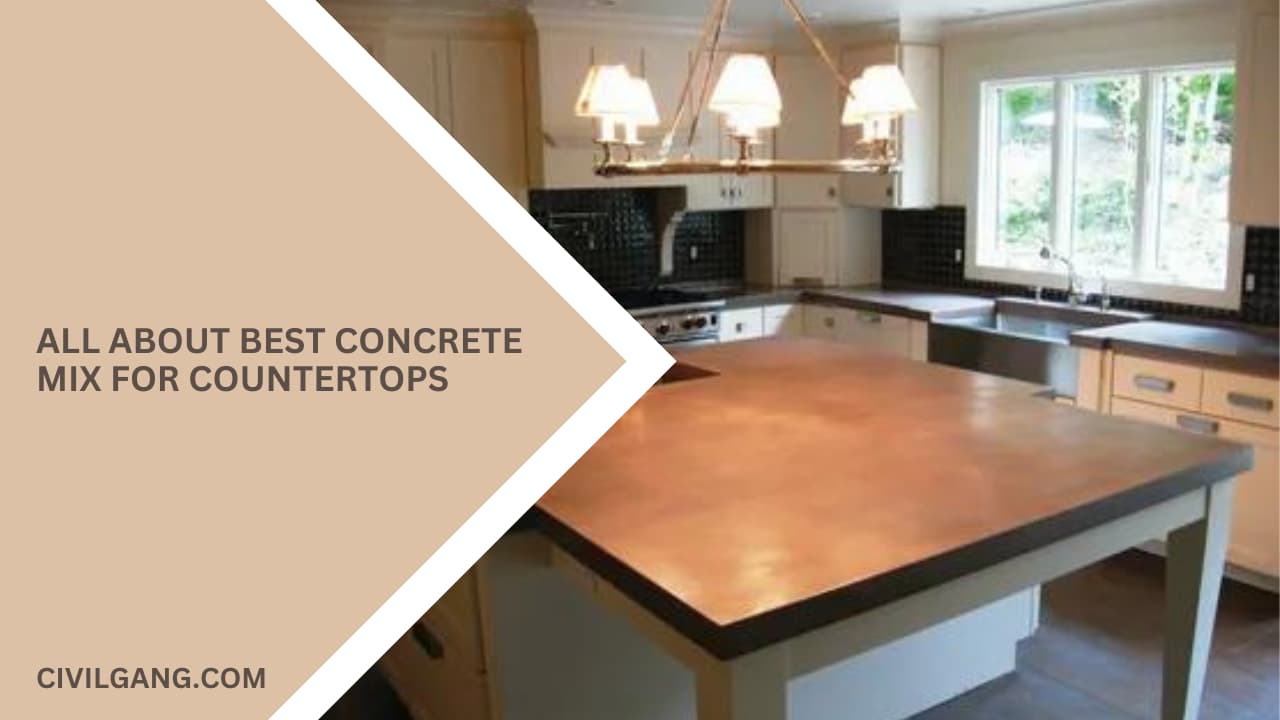
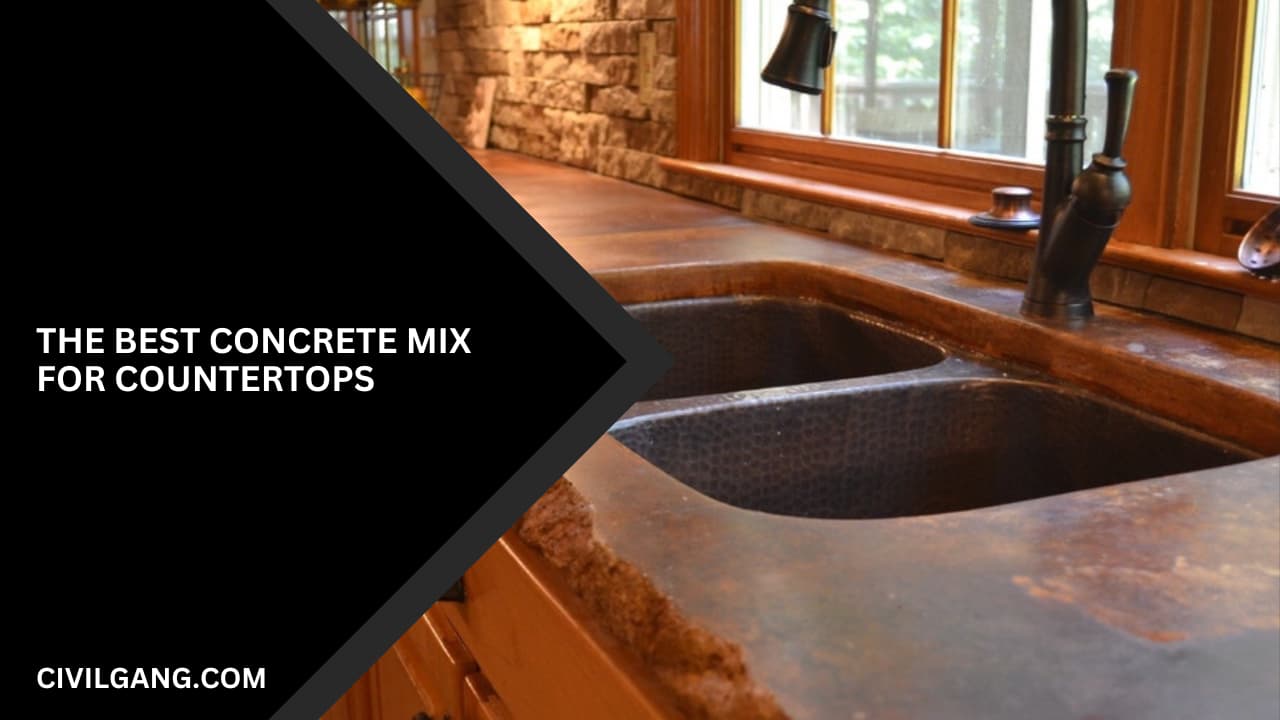
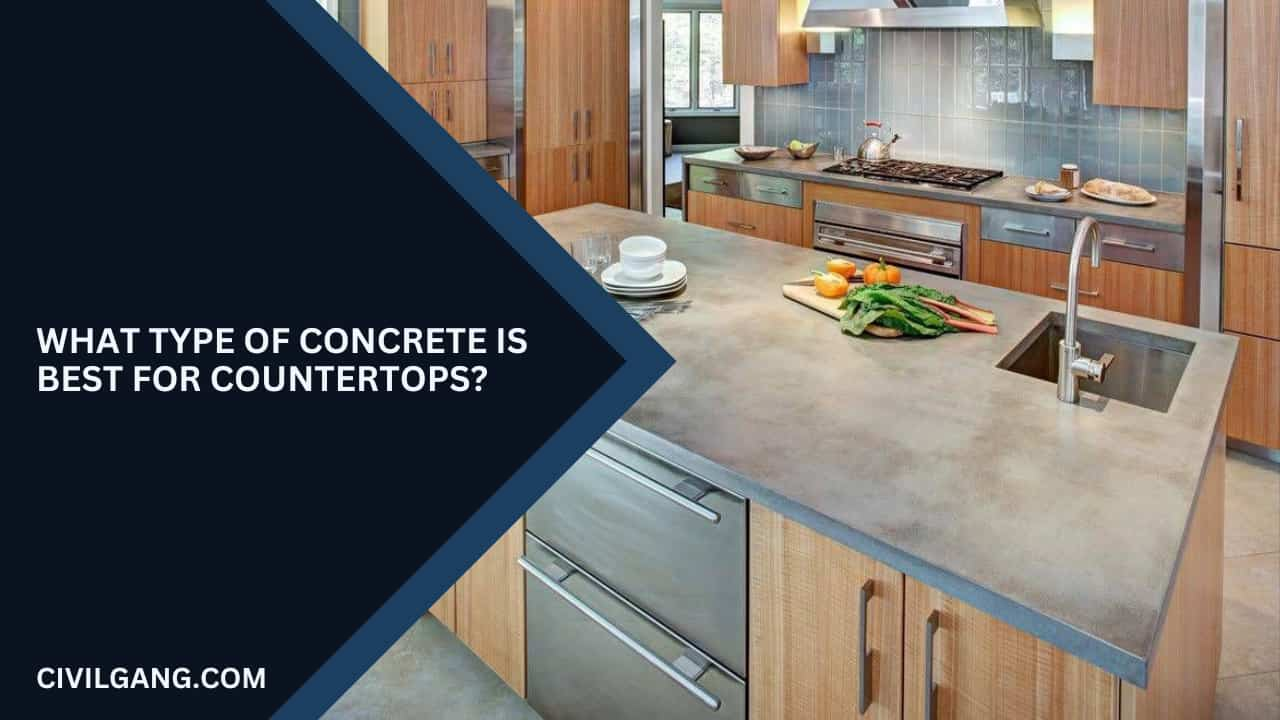
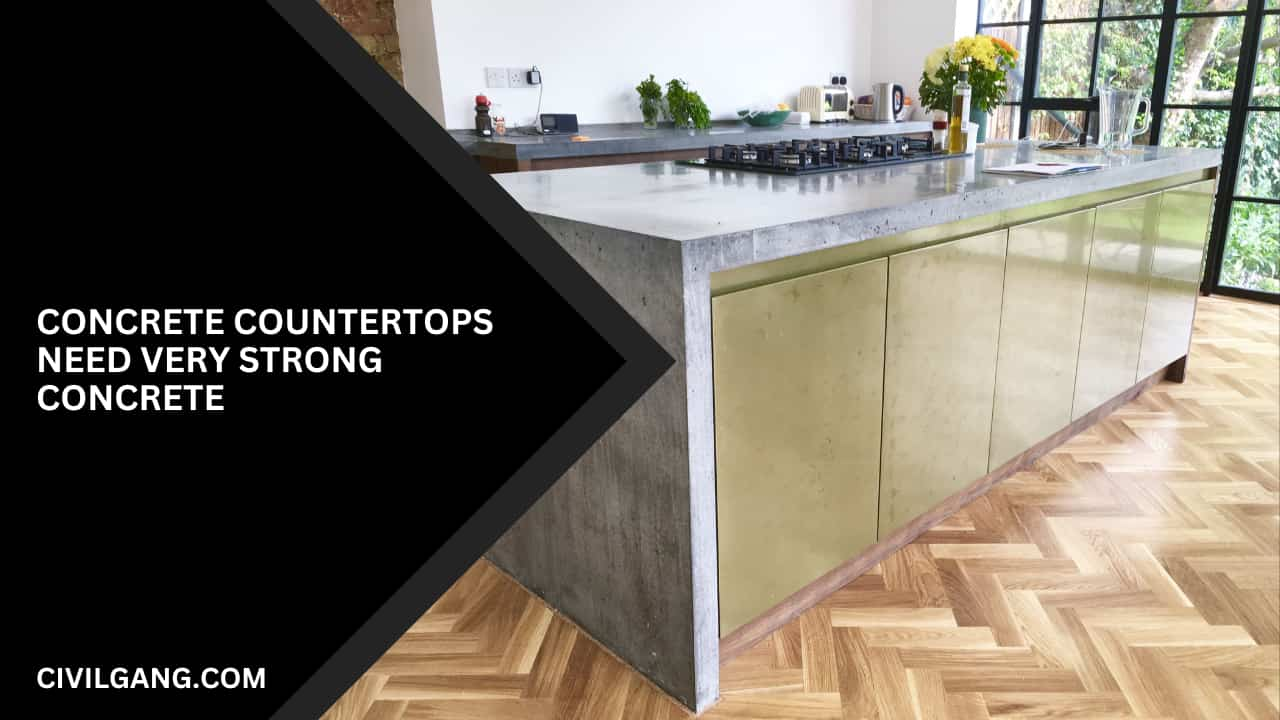
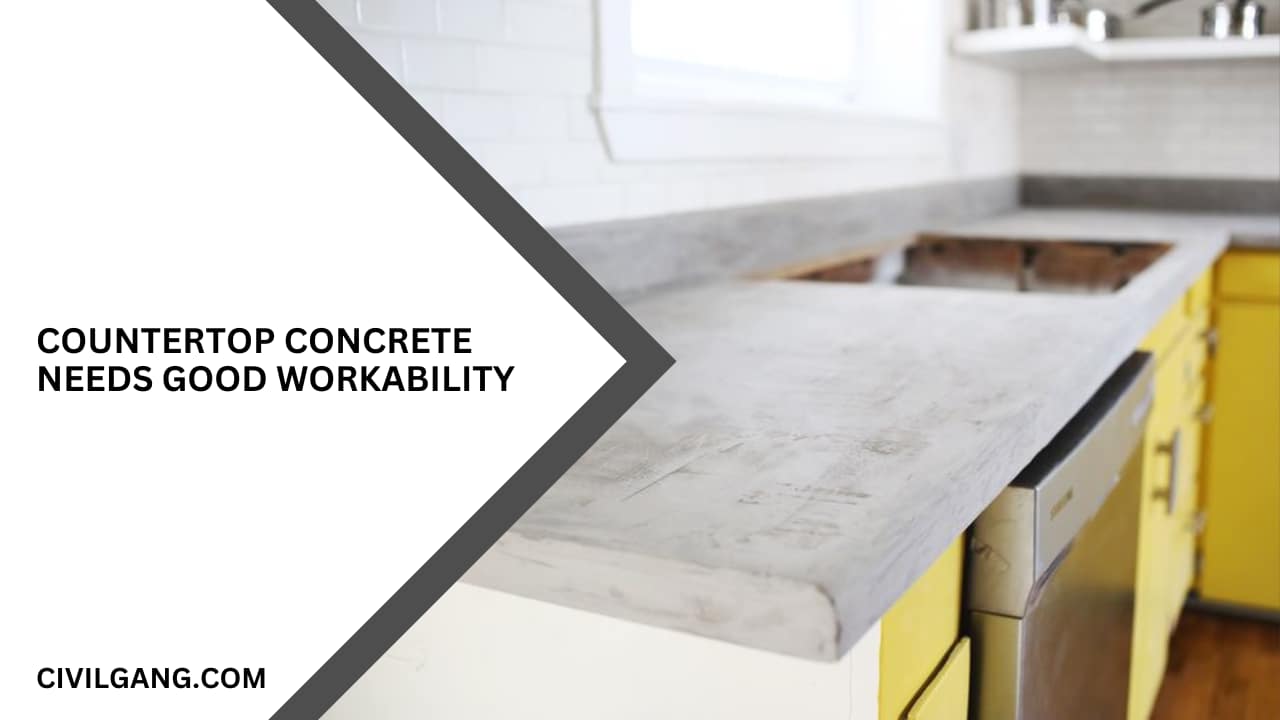
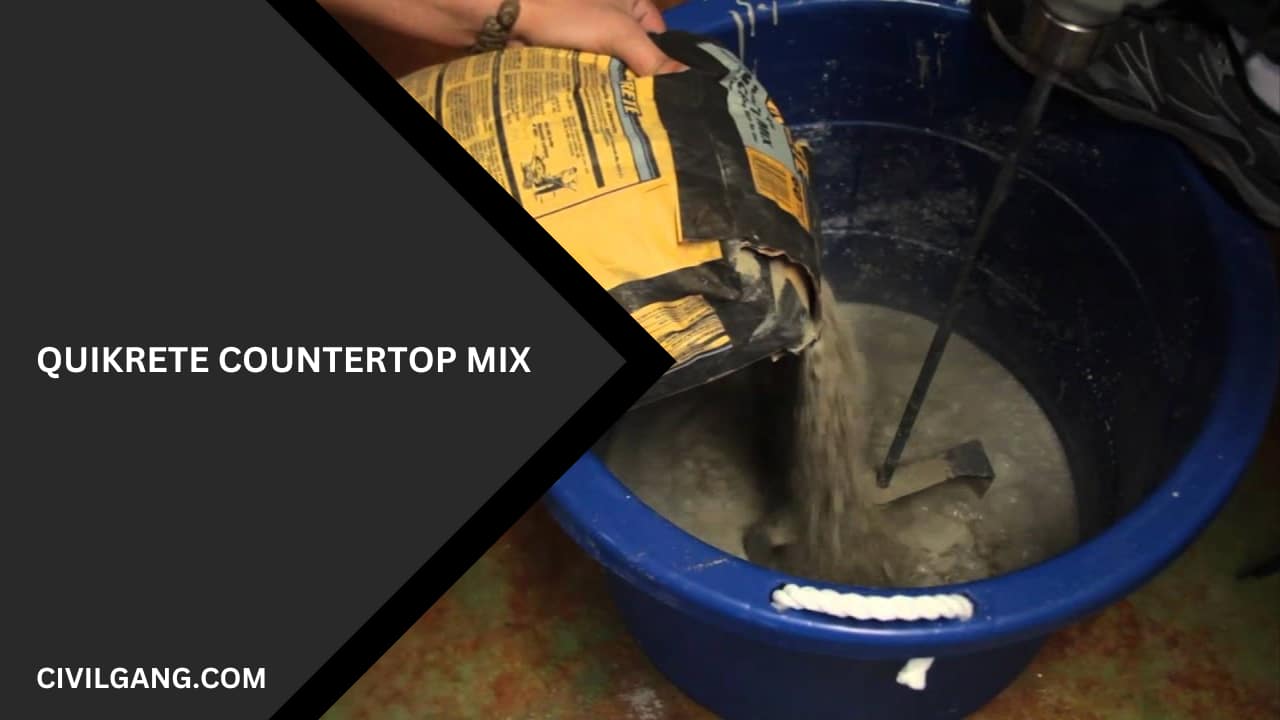
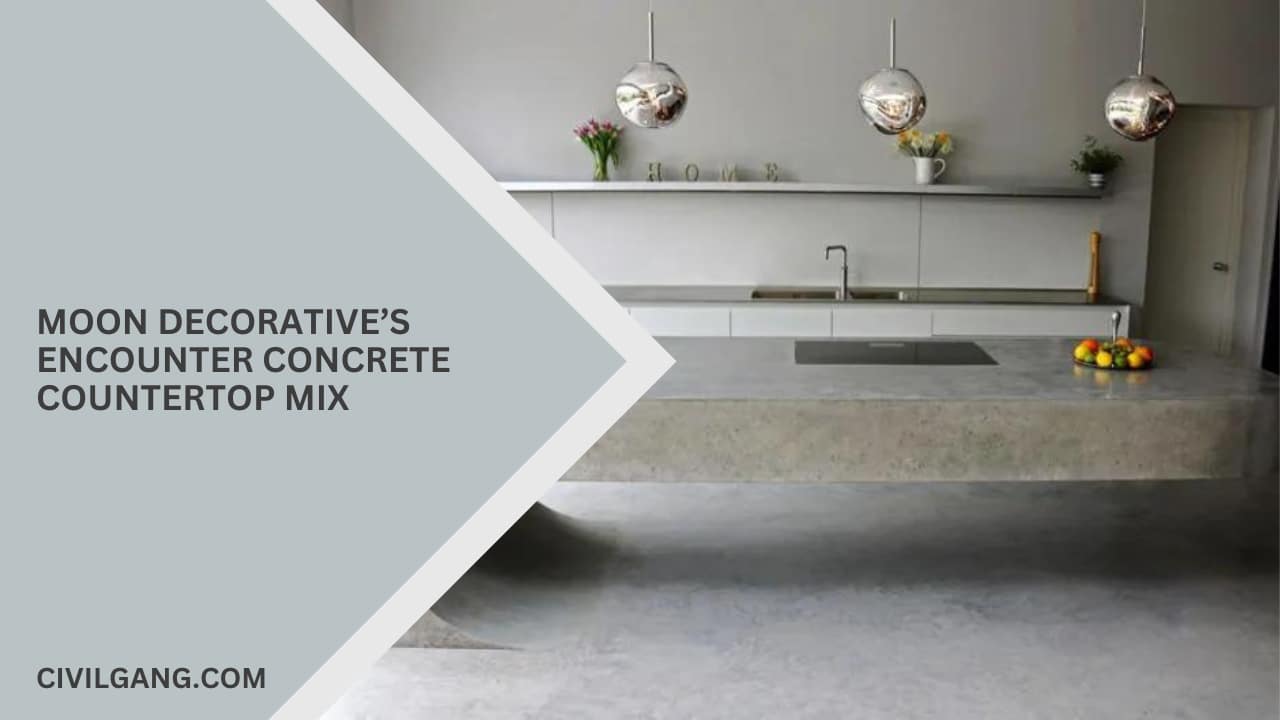
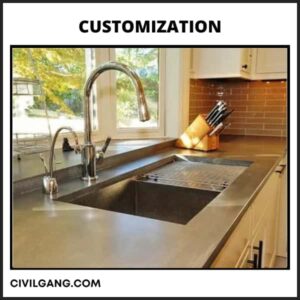
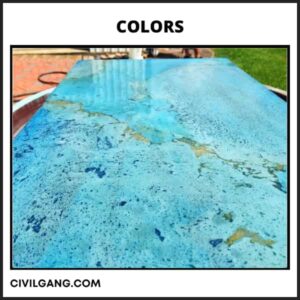
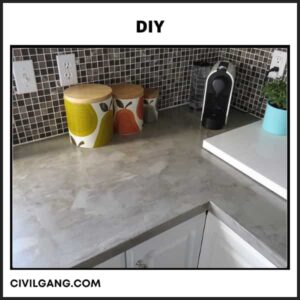
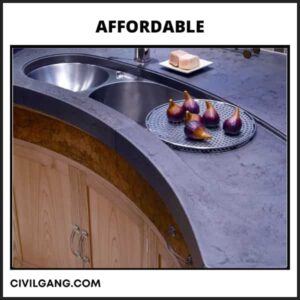
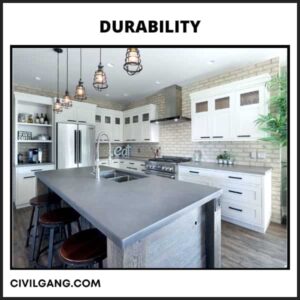
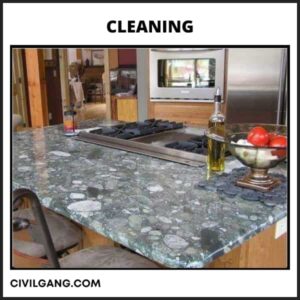

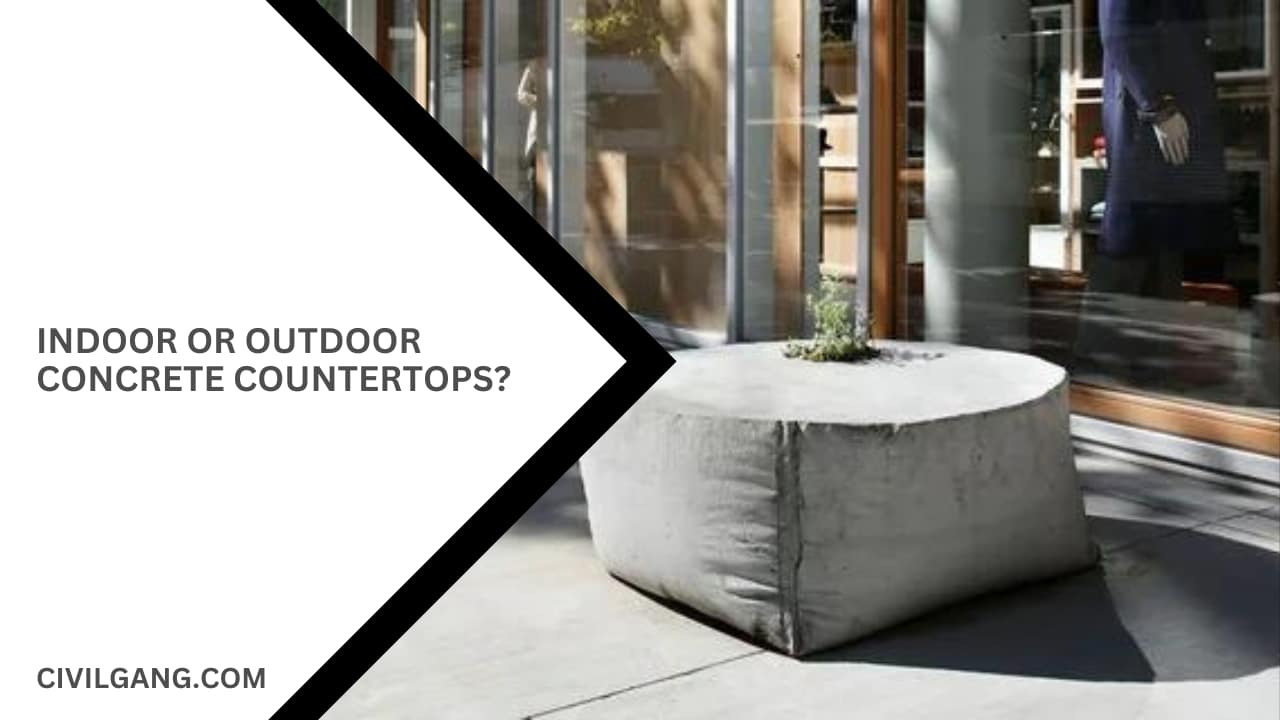
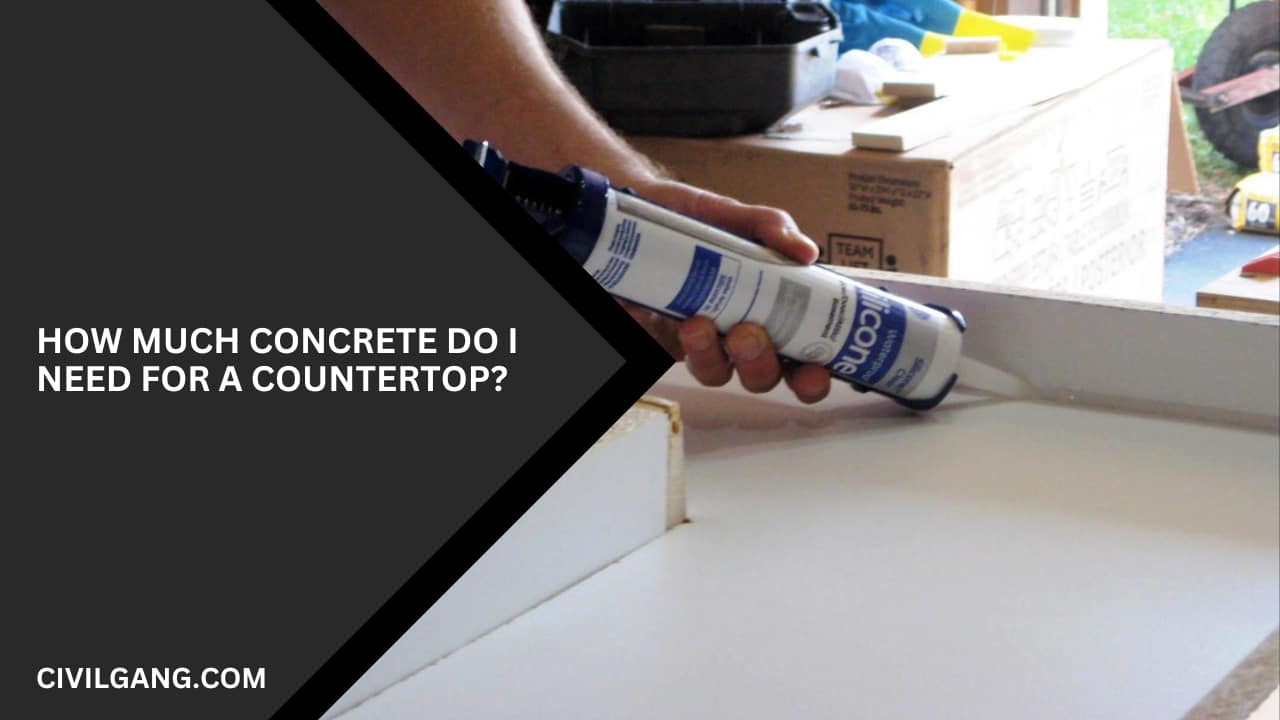
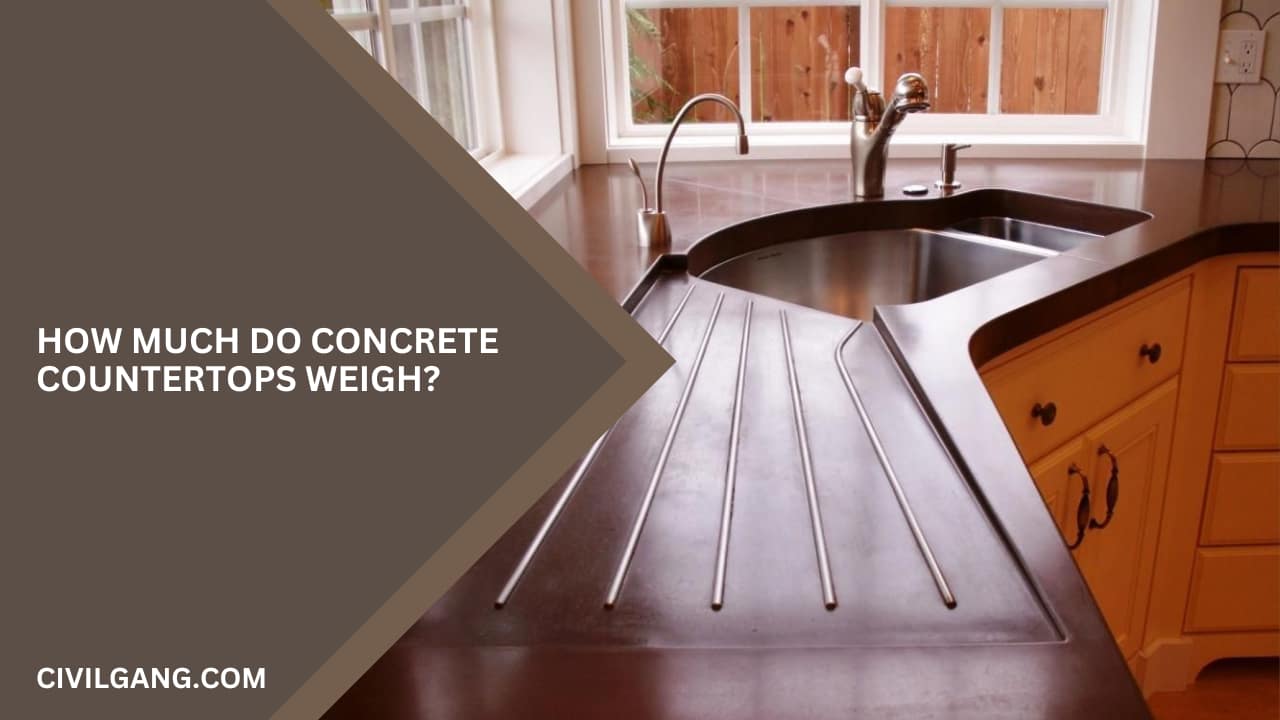
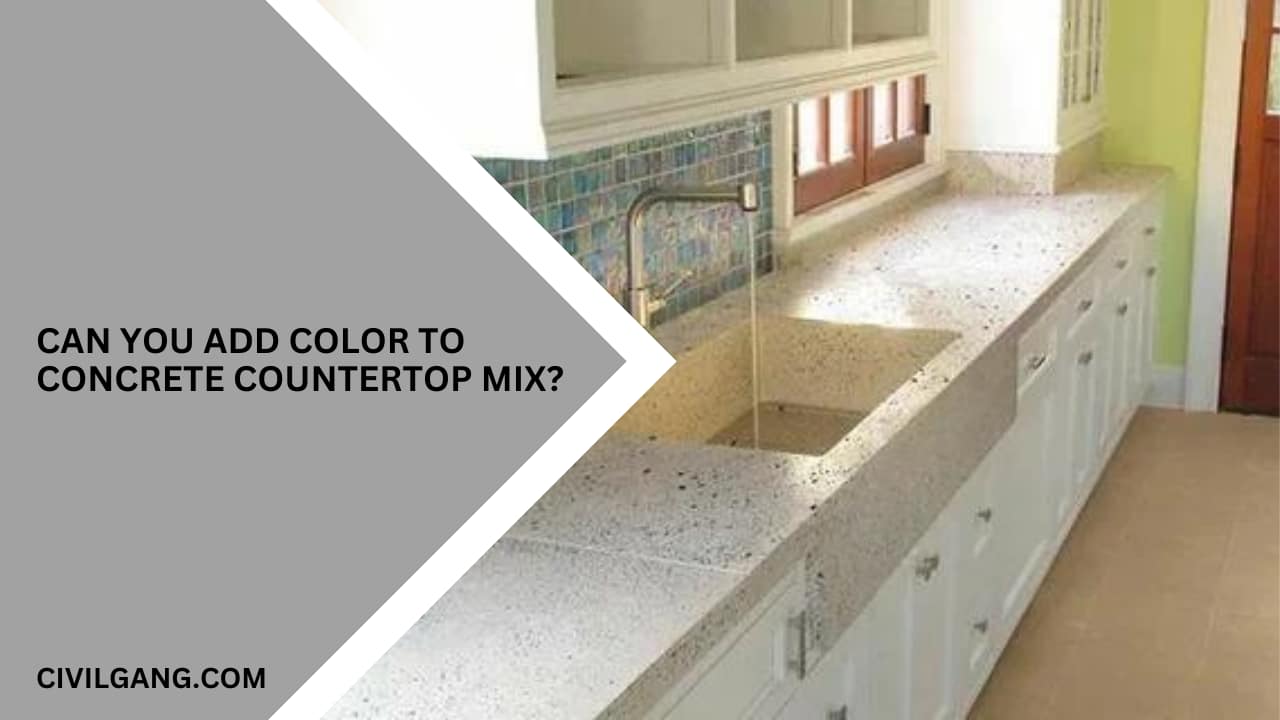

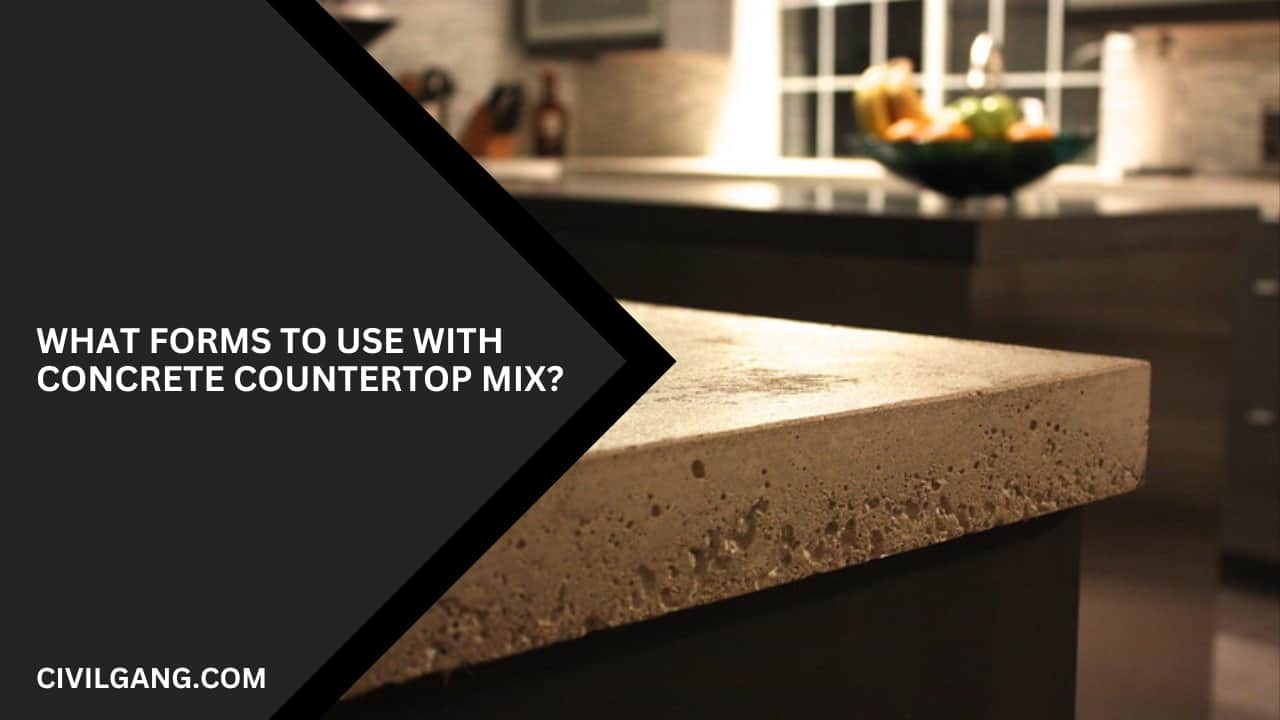
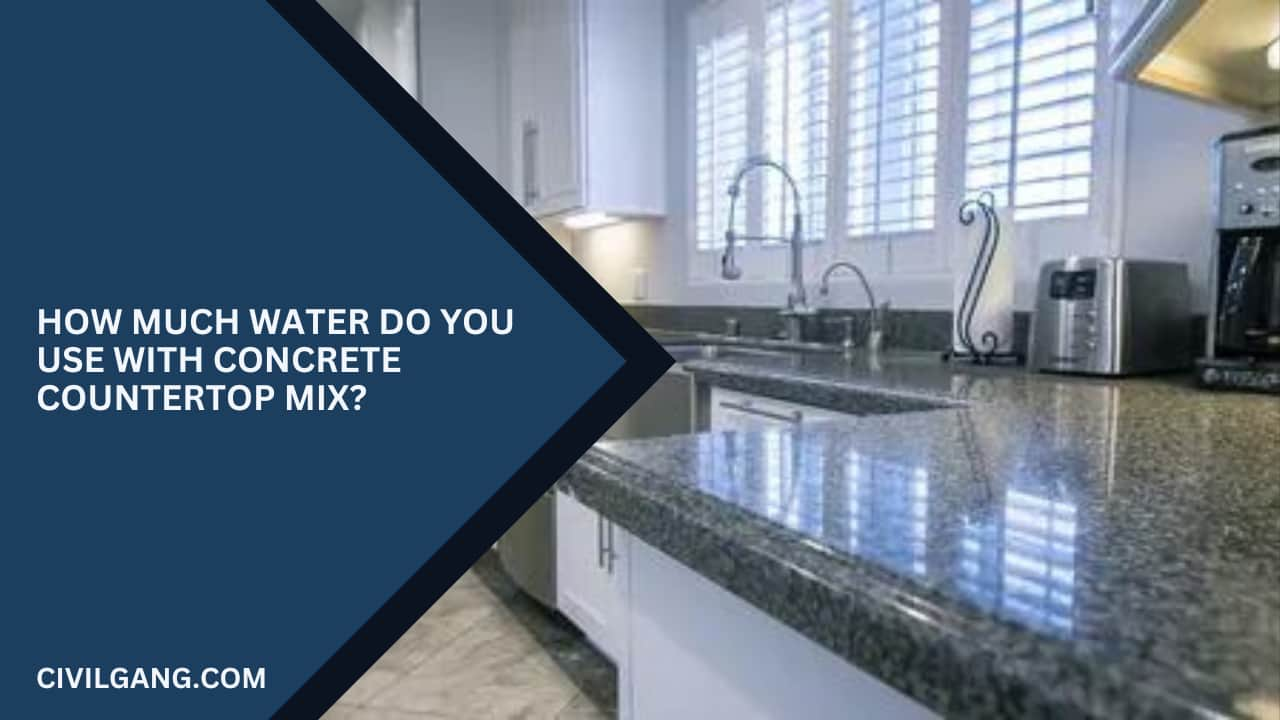
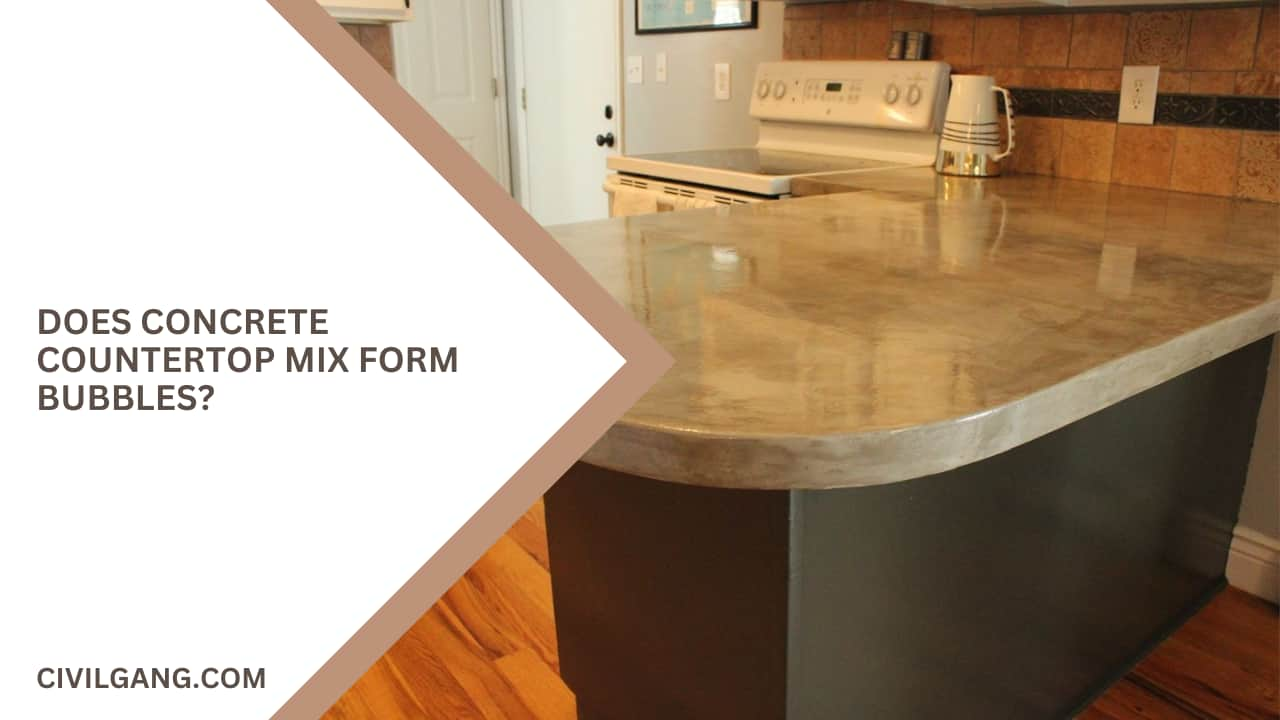
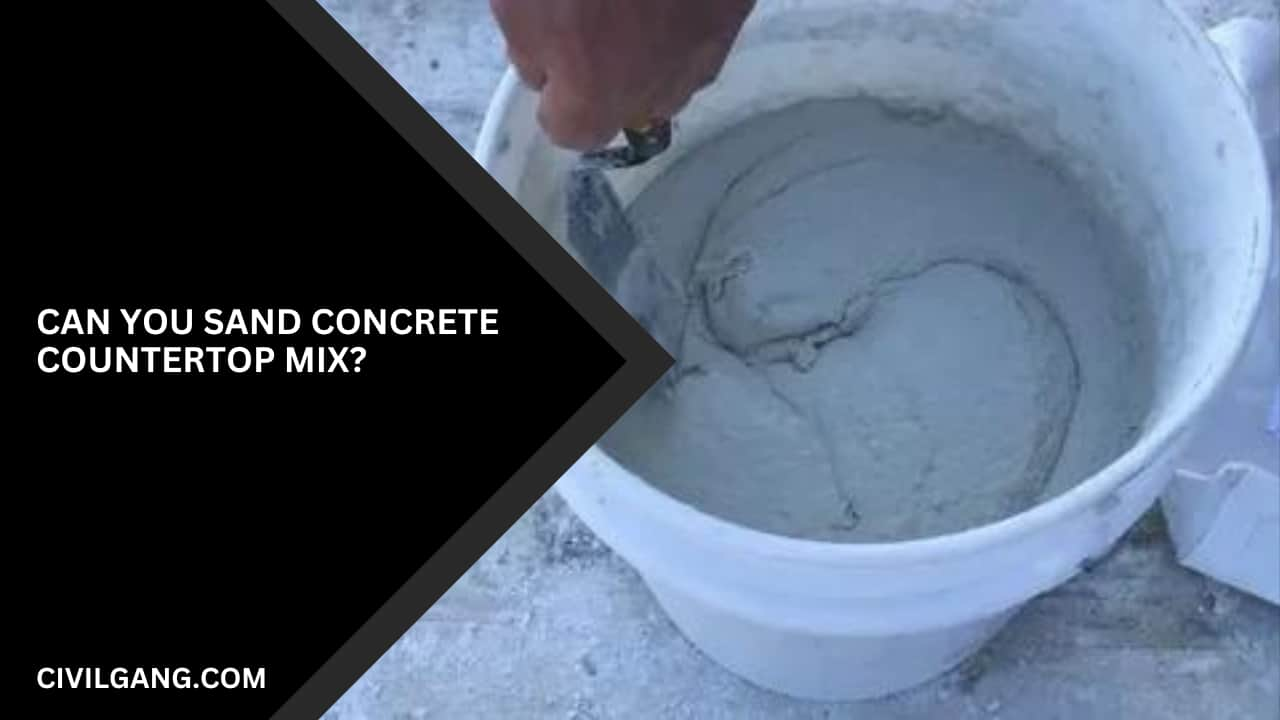
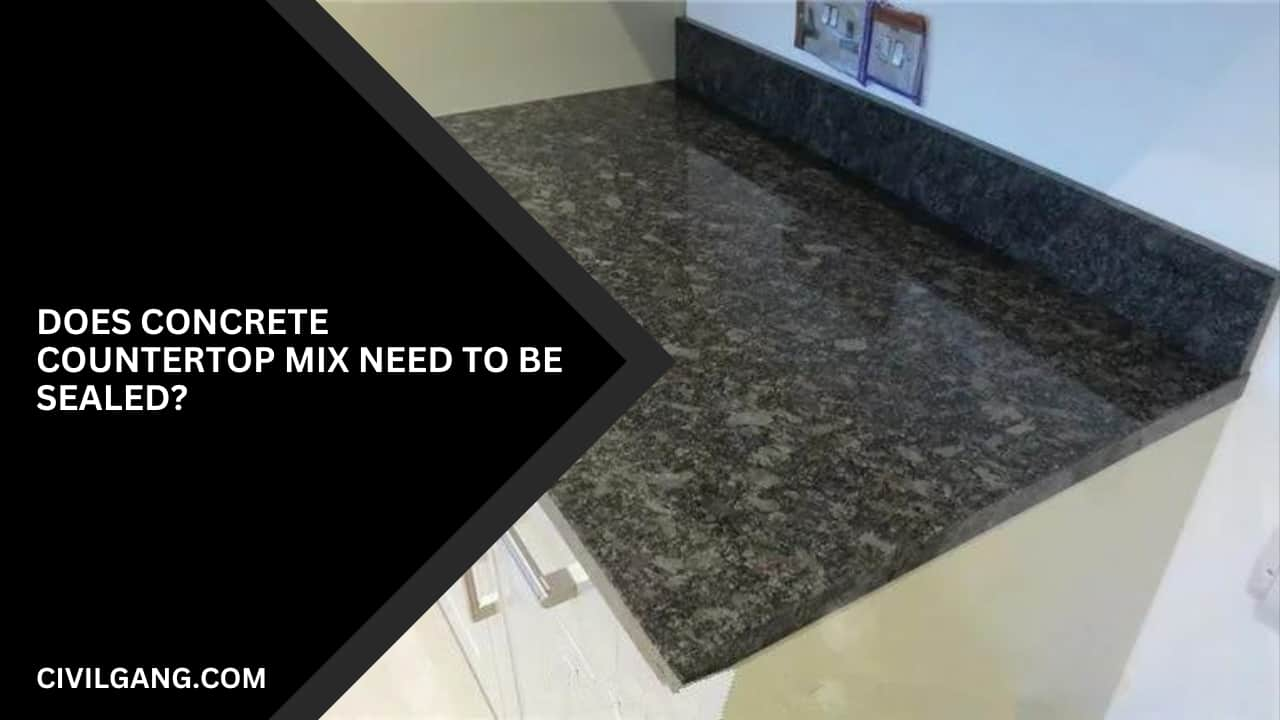
Leave a Reply